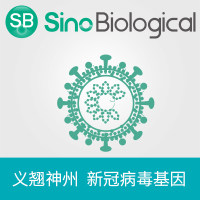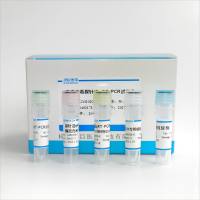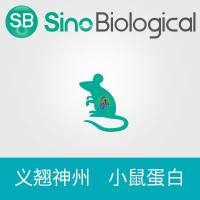Quantitative Determination of p16 Gene Expression by RT-PCR
互联网
498
In recent years, gene expression quantitation of tumor cells has become of principal importance to analyze gene patterns responsible for cancer development, progression, and resistance to treatment. Whereas semi-quantitative methods, such as Northern blotting analysis, allow only a dichotomous differentiation between positive and negative gene expressions, the realtime quantitative polymerase chain reaction (qRT-PCR) combines a large range of results with an accurate and highly reproducible quantitation of genes. In addition to forward and reverse primers, as used in a conventional PCR, the qRT-PCR system utilizes a probe that is labeled with a fluorescent dye. The probe is an oligonucleotide, homologous to a DNA sequence between the two flanking PCR primers. Degradation of the probe by the activity of the Taq DNA polymerase generates a fluorescent signal that will be detected by means of a laser integrated in the sequence detector. This chapter will cover the isolation of total RNA from frozen tissue, the transcription of RNA to cDNA, and the analysis of the relative gene expression by qRT-PCR. Although in principle applicable to any gene of interest, we will use as an example the qRT-PCR analysis of p16INK4a , whose gene product is involved in cell cycle and senescence checkpoint control.









